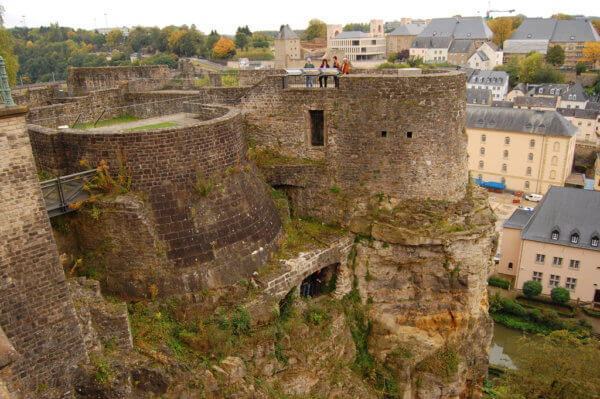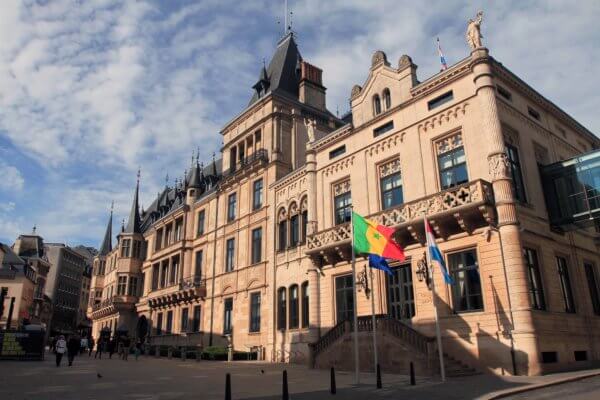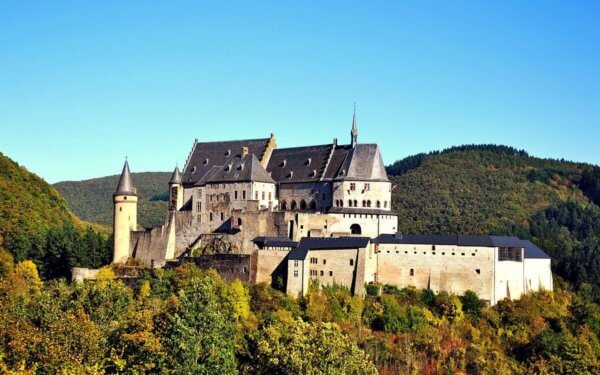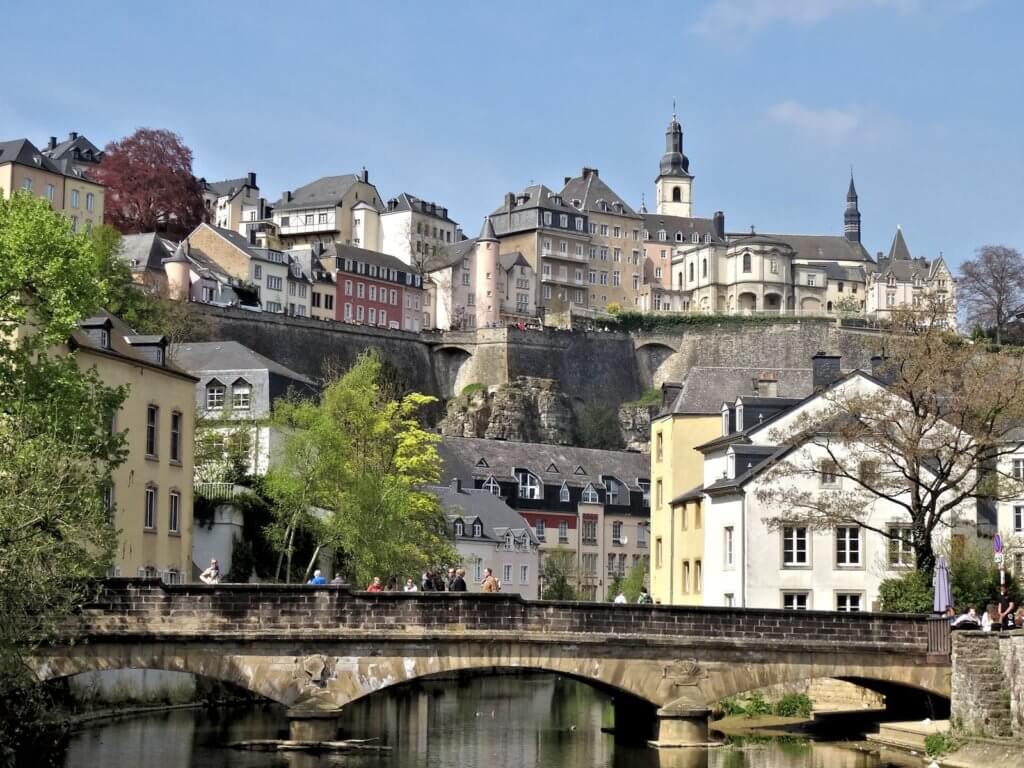Visiting Luxembourg: what are the best things to do and see in the Grand Duchy?
What do you know about Luxembourg?
It’s a small country, cigarettes are cheaper and people go there mostly to work. It is called the official “Grand Duchy of Luxembourg”. But did you know that there are actually a lot of things to do and see in Luxembourg? We will tell you more in our article below!
Nestled between France, Germany and Belgium, Luxembourg mixes the 3 cultures. French and German are the official languages, and Luxembourg has long been an intermediary between its neighbors. But the interweaving of influence has also enriched the mini-state and created a vibrant gastronomic landscape. So here are the things to do and see in Luxembourg and just as many reasons to go!
Visiting Luxembourg: what are the best things to do and see in the Grand Duchy?
What do you know about Luxembourg? It’s a small country, cigarettes are cheaper and people go there mostly to work. It is officially called the “Grand Duchy of Luxembourg”. But did you know that there are actually a lot of things to do and see in Luxembourg? We will tell you more in our article below!
Nestled between France, Germany and Belgium, Luxembourg mixes the 3 cultures. French and German are the official languages, and Luxembourg has long been an intermediary between its neighbors. But the interweaving of influences has also enriched the mini-state and created a lively gastronomic panorama. So here are the things to do and see in Luxembourg and just as many reasons to go!
 The Casemates of Bock
The Casemates of Bock
Classified as a World Heritage Site by UNESCO, this extraordinary labyrinth of tunnels, representing 23 km of underground corridors, was carved through the stone cliffs (the Bock Rock). These casemates were used to hide and protect themselves during sieges and wars.
Luxembourg (the city)
The capital of Luxembourg is a two-speed city: the historic center, built in the 10th century, is perched on a rocky outcrop above winding gorges. A vast system of bridges spans the valleys. A signposted two-hour walk, the Wenzel Tour, takes tourists along the city’s historic walls, its cobbled streets that pass churches, towers, and palaces. Do not miss the lively Place d’Armes, a square in the heart of the pedestrian area, as well as the other sites listed below.
The Grund
The Grund is a small, picturesque and trendy neighborhood at the bottom of the Pétrusse valley. Some of the stone houses are built right on the rock. Visit this tourist area of Luxembourg City, with a 15th-century bridge, the ramparts of the old fortress, terraced gardens and vineyards, an assortment of pubs and restaurants and Neumünster Abbey.
 The Grand Ducal Palace
The Grand Ducal Palace
The monarch spends most of his nights in his country castle, but the Grand Ducal Palace is his official residence, nestled in the heart of the city and open to visitors in the summer. Also, if you visit the city in summer, be sure to be there on June 23, the King’s birthday, when a big party with fireworks is organized.
The way of the Corniche
This pedestrian walkway was built by the Spaniards and the French in the 17th century on the ramparts along the eastern side of the fortified city. The walk winds its way along the Alzette River to the Grund Gate. The Corniche is nicknamed “the most beautiful balcony in Europe” and is a wonderful promenade where you can admire the facades and roofs of the city.
 Vianden Castle
Vianden Castle
Although Luxembourg’s strategic position at the crossroads of Europe would have been a regular detour for looters of medieval armies, it also created a defensive instinct that is visible today through its castles. Dozens are still standing, the grandest of which is Vianden. Surrounded by woods and perched on a hill overlooking a river of about 60 meters, the bell towers and ramparts of Vianden evoke a fairy tale. Built between the 11th and 14th centuries on the foundations of a Roman castellum, it has been impeccably restored. A cable car takes you up the hill in front of the castle gate.

